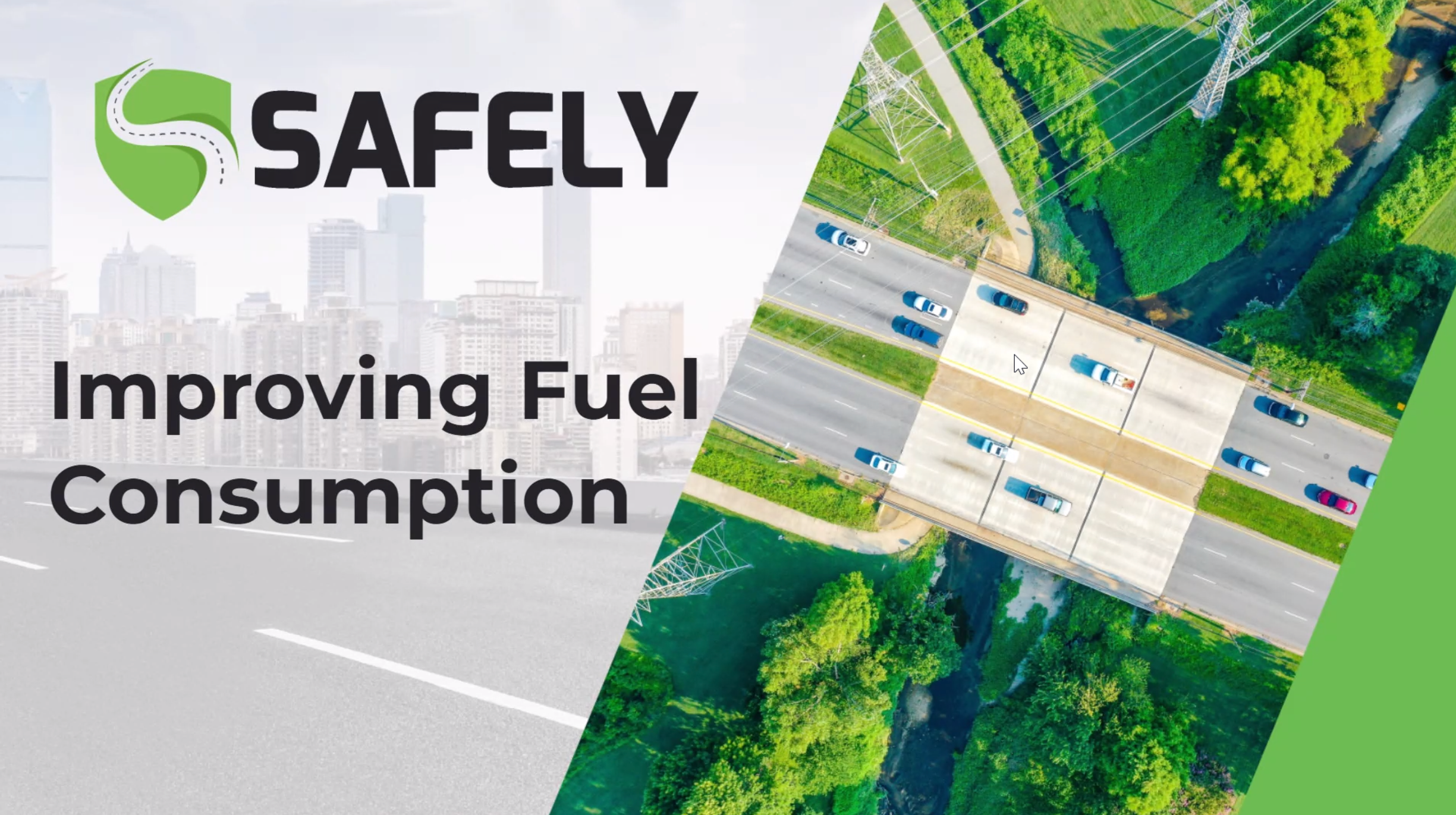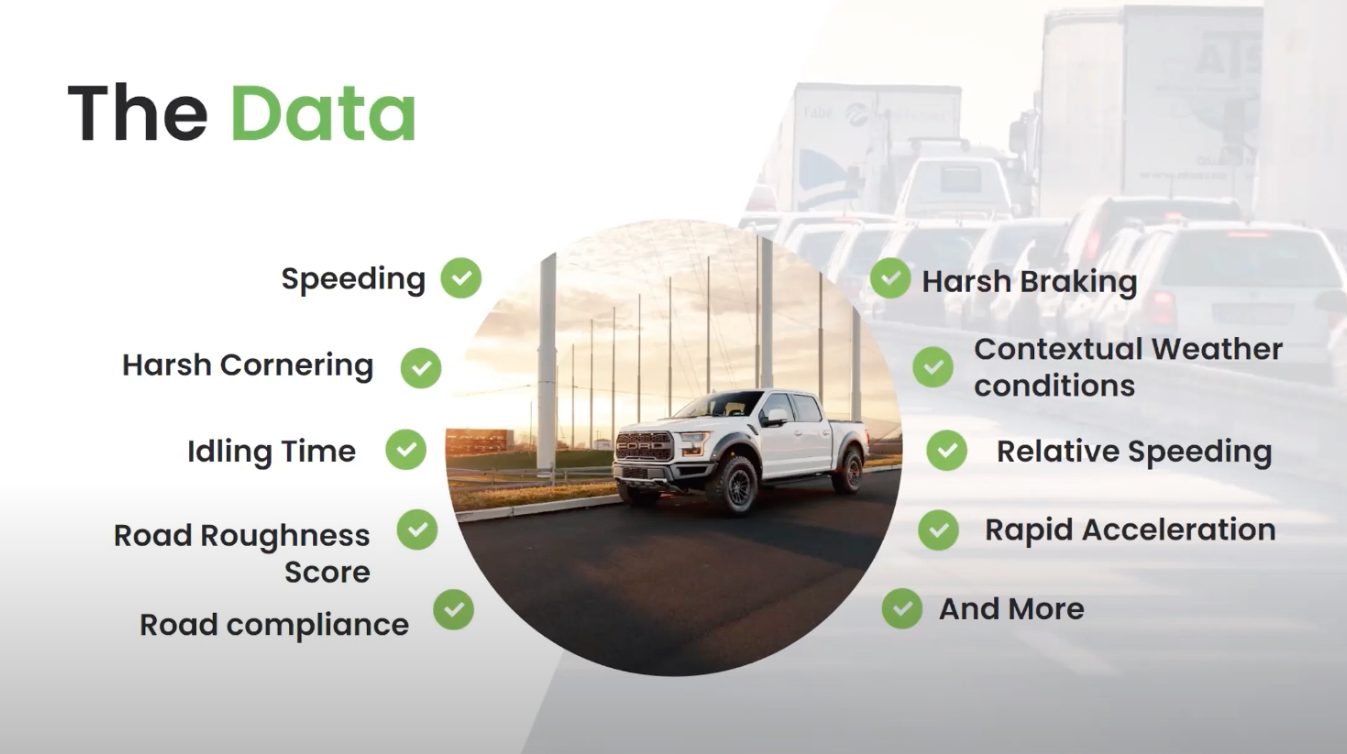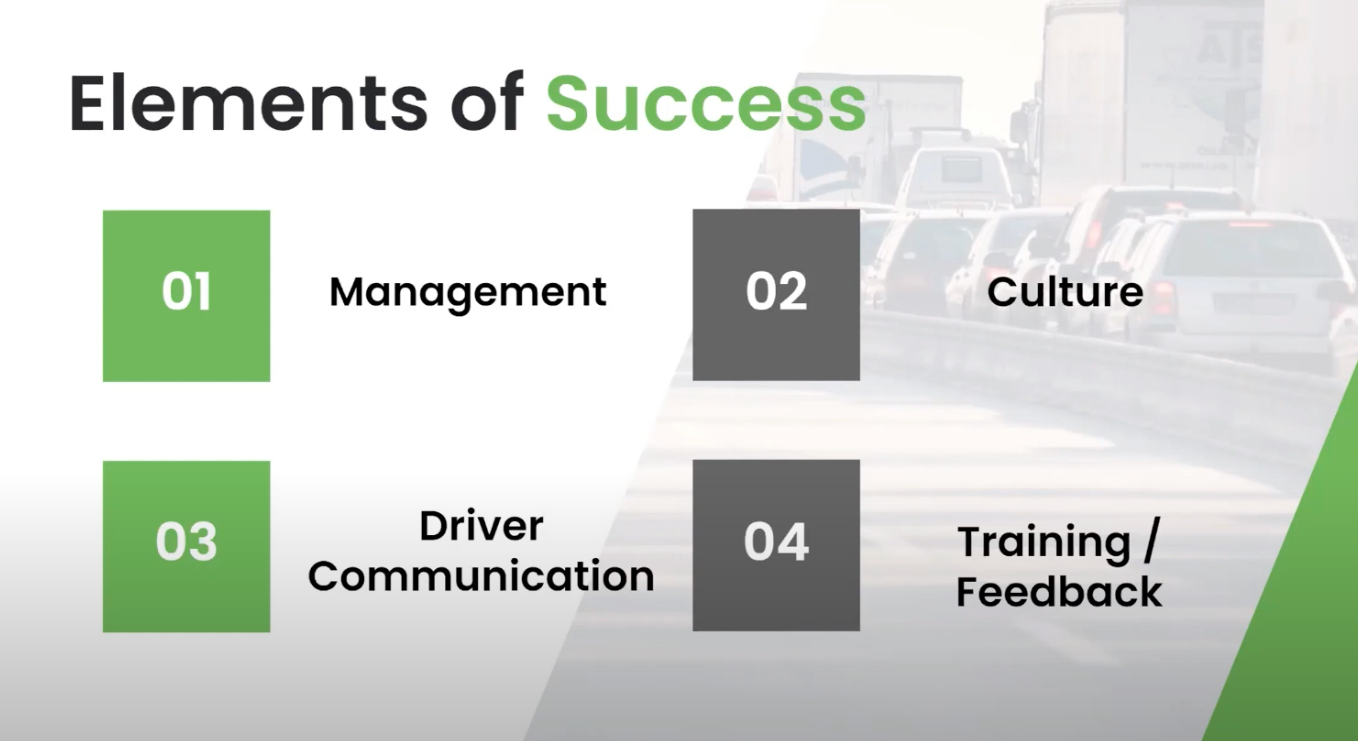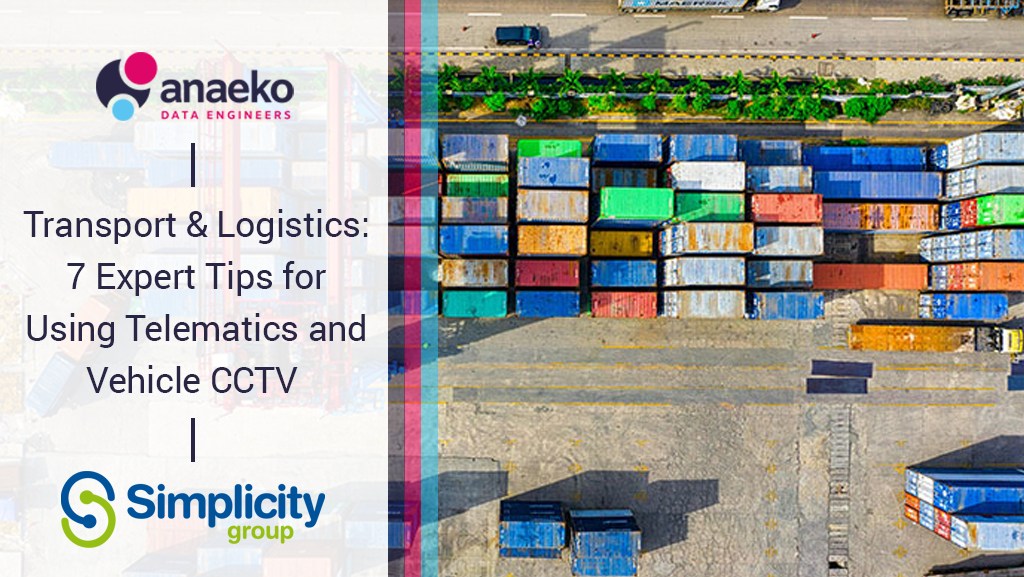Introducing Jack Manning CEO of Safely and innovation lead with Transpoco
Jack Manning, the founder and CEO of Safely, will be presenting on utilising telematics data to reduce fuel consumption. Safely is a data-driven telematics company with a mission to decrease fleet accidents and fatalities.

Jack Manning is also innovation lead with Transpoco, a leading provider of Fleet Management Solutions, and has a long history with Anaeko. Transpoco was one of the first and longest-running customers of Anaeko’s KPI reporting product, ServiceClarity, which provided key performance indicators on the operational costs of managing telematics infrastructure. At that time, Transpoco had approximately 17,000 vehicles, and now they have around 21,000 vehicles.
More recently, Anaeko and Transpoco partnered to deliver a fleet reporting solution for Northern Ireland Water. This solution collected data from various fuel, driver, and vehicle tracking systems and reported on fuel consumption and carbon emissions. It also analysed journey patterns and vehicle life cycles to inform the transition to electric vehicles.
Jack Manning has worked with hundreds of fleets at Transpoco and has observed the differences between high-performing and low-performing fleets in terms of accident history and safety. To address this, he developed Safely, a solution that allows fleets to monitor incidents and improve driver behaviour by leveraging driver behaviour data. Jack brings an analytical approach to safety, emphasising the need for simplicity and ease of use.
Safely combines technology and expertise to reduce crashes, claims and collisions for fleets, improving safety within the fleet while also benefiting from reduced fuel consumption, insurance costs, and maintenance expenses. For insurers, it provides an opportunity to outsource fleet risk management. Jack will explain how Safely can contribute to the driving sustainability revolution:
Safely was founded with a mission to reduce accidents within fleets, but they soon realised that there were significant fuel savings to be made as well. We aim to improve driver behaviour and reduce accidents, which in turn leads to a noticeable reduction in fuel consumption. Through conversations with fleets, we identified high-performing and low-performing fleets, despite having similar resources, the variance in driving behaviour was huge. Key targets were established to reduce aggressive driving behaviours such as speeding, braking, cornering, and acceleration. Fuel consumption reduction from improving these behaviours was substantial.
I will demonstrate the range of driver behaviour data that can be obtained from telematics devices and explain the impact of poor driving on fuel consumption. Then describe the key elements necessary for improving driver behaviour and emphasise the importance of data. And finally share examples of the results achieved through our approach and illustrate the return on investment in improving driver behaviour.
The Stats

Typically, our standard vehicles achieve 30 miles per gallon at a speed of 55 miles per hour. However, if the same vehicle is driven at 75 miles per hour, fuel efficiency decreases to 24 miles per gallon. To put some numbers on this, let's consider a few scenarios. If the distance travelled is 15 miles, driving at a higher speed saves about three and a half to four minutes. For a 30 mile trip, the time savings increase to approximately eight minutes. Now, let's put that in perspective for a 30 mile trip. If the driver arrives eight minutes earlier, it would cost roughly £1.40 in fuel consumption. While £1.40 may not seem significant for a single trip, when we consider the average mileage of a typical fleet vehicle over a year (let's say 20,000 miles), the savings amount to about £900 per year. Conversely, if they consistently drive at the higher speed, the cost would increase by £900.
These numbers become massive when you scale them up to larger fleets with hundreds or thousands of vehicles. Therefore, reducing speed and improving driver behaviour in this regard becomes key to achieving cost savings and efficiency for fleets.
The Data

There are several examples of driving behaviour data that can be obtained, and they provide invaluable and insightful information. Some of the obvious ones include speeding, braking, and harsh acceleration. However, when you start applying contextual information, such as weather conditions and relative speed, you gain a deeper understanding of the data. For instance, if your driver is going faster than the surrounding vehicles, even if they are within the speed limit, it can be dangerous.
Telematics data also allows you to track idling time, road roughness, driver complaints, and more. The depth of information keeps increasing, enabling you to identify hotspots of events, assess the level of danger in certain areas, determine driving behaviours like tailgating, and analyse where speeding incidents occur. You can even rank the severity of events and consider factors like congested areas, rainy conditions, and heavy traffic, all based on GPS data.
The extent of possibilities with this data amazed me when I first started working with it. You can delve as deep as you want, uncovering valuable insights. In fact, insurance companies and new market entrants are utilising GPS data to price motor vehicle policies. They consider factors like braking, speeding, rapid acceleration, weather conditions, and road types to create more accurate pricing models, known as usage-based insurance. However, it's not just about having the data; it's about how you use it, particularly at a fleet level.
4 Key Elements of Success

Management
In many cases, we discovered that the root cause of poor driving behaviour was actually the management's expectations. They would set unreasonable expectations for drivers, such as an excessive number of stops in a day or unrealistic time limits that couldn't be achieved. For instance, they might expect drivers to be 20 miles away in an unreasonably short time period. These scheduling issues forced drivers to speed and engage in unsafe driving practices.
Culture
Is there a safety culture within that organisation? Is safety, particularly driving safety, prioritised and emphasised? We are finding that some companies are making phone calls to their drivers while they are behind the wheel, essentially giving them the freedom to believe that it is acceptable to be on the phone while driving. This is a clear disregard for safety.
Driver Communication
It is vital to communicate effectively with drivers and provide clear instructions on safe driving practices and areas for improvement. Companies should have open and transparent communication channels with drivers to address any concerns and identify areas where they may be falling short in terms of safety. This includes pinpointing key risk areas and addressing issues such as excessive speeding, harsh braking, and aggressive acceleration. Effective communication and feedback play a crucial role in promoting safer driving behaviours.
Training/Feedback
Providing training at a general level is beneficial, but it is equally important to offer training targeted towards individuals who require specific improvements in their driving skills. By analysing the data, companies can identify areas where drivers need training, such as speeding or harsh braking, and provide tailored courses accordingly. With data, training programs can be customised. It becomes unnecessary to take a driver with a clean driving record and efficient driving habits off the road for a full day of training if they don't require it.
Actavo Case Study

Actavo reduced speeding by 45%, dangerous speeding by 71%, and damage speeding by 21%. Additionally, there was a significant 82% decrease in excessive speeding events. As a result of reducing these risky driving behaviours, fuel consumption decreased by up to 15%.
To put these numbers into perspective, for a fleet of over 500 vehicles, the annual savings on fuel consumption alone can amount to approximately £100,000 to £250,000. These savings highlight the substantial impact that improving driver behaviour can have on the overall operational costs of a fleet.
Jack clearly demonstrates how data can drive sustainability. By influencing driver behaviour and reducing fuel consumption, it brings benefits in terms of cost savings, safety improvements, and environmental impact. It's a remarkable example of how leveraging data can bring multiple advantages simultaneously.
Anaeko are your data partner that can analyse, ingest, and consolidate your data into structured data that can be leveraged to deliver reports, customisable dashboards for individuals and departments, with filtering and drill down, for business reporting and insight. Contact us for a Data Discovery kick-off call.
Join our next webinar:
Topics: Data Analytics, Smart cities, data discovery, Data Optimisation, data sharing, net zero, transport





